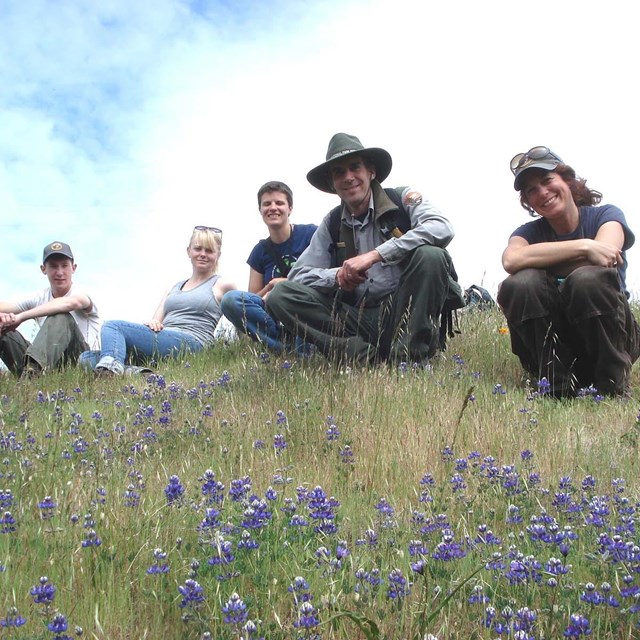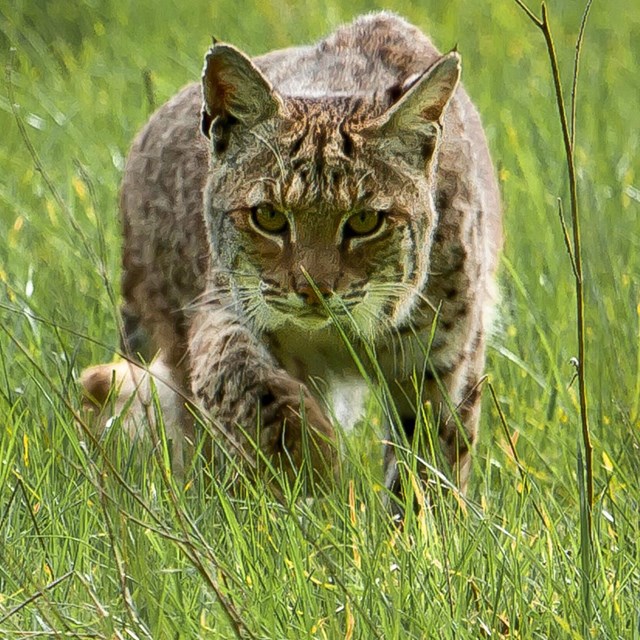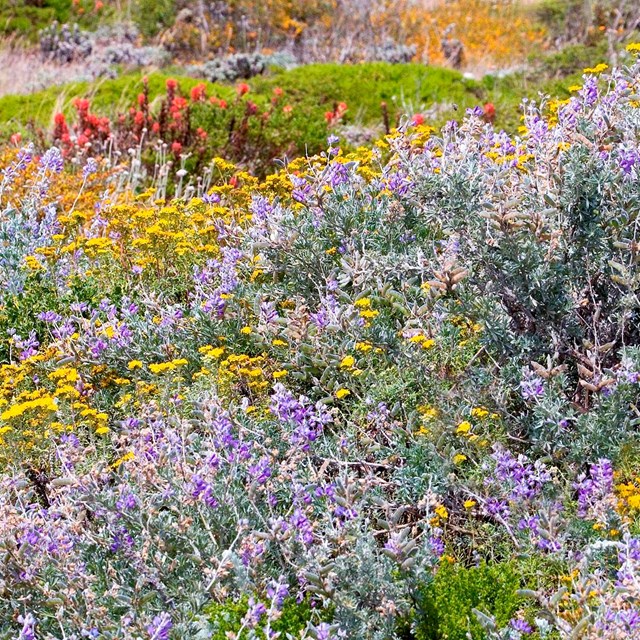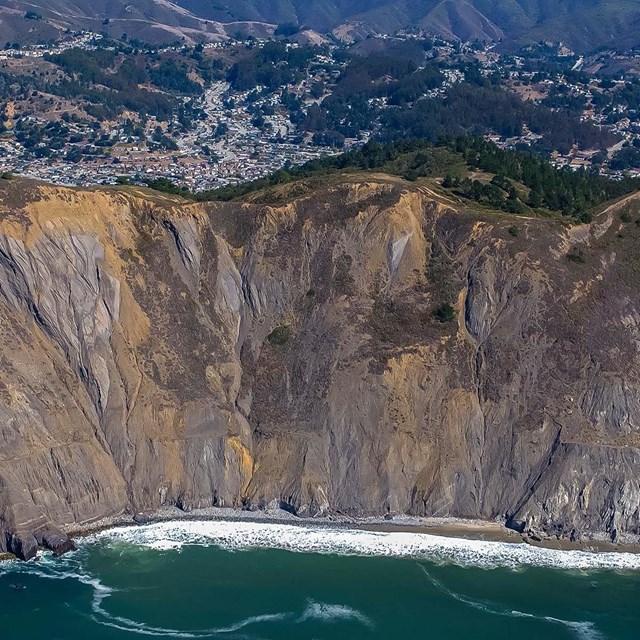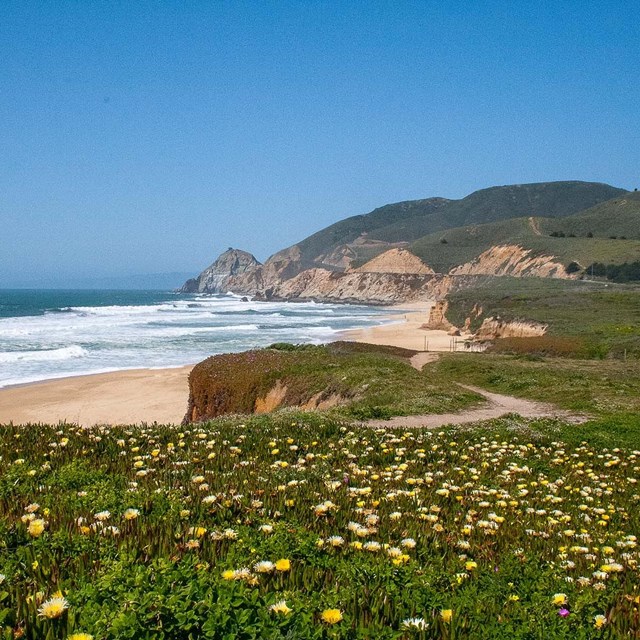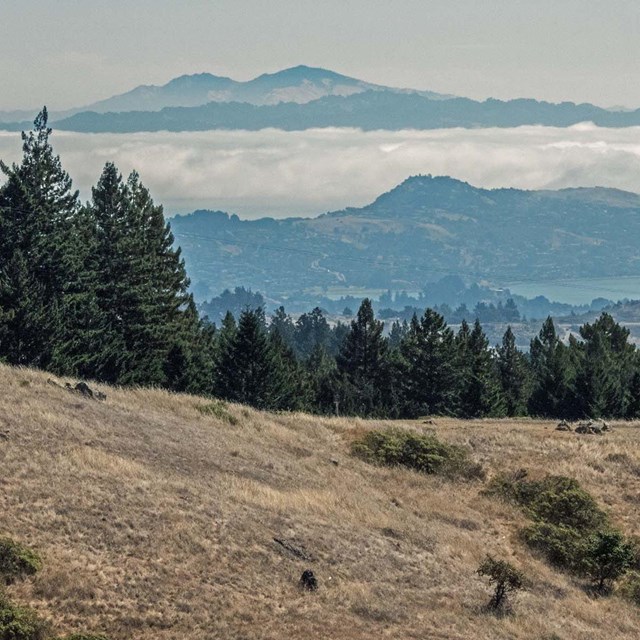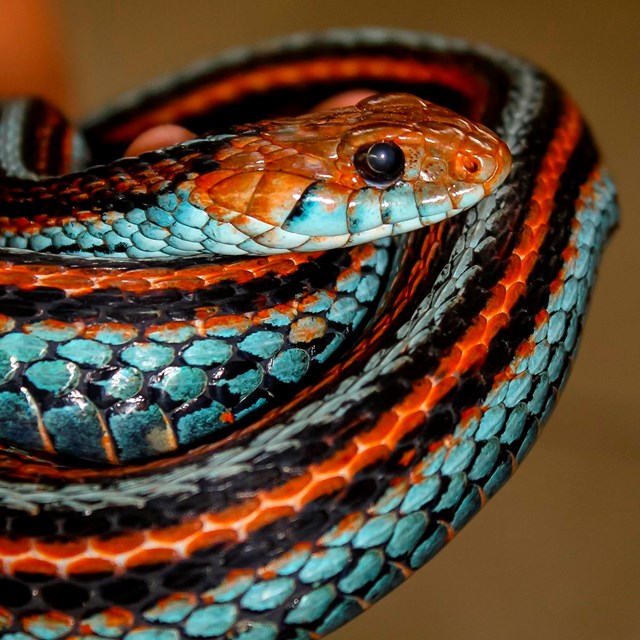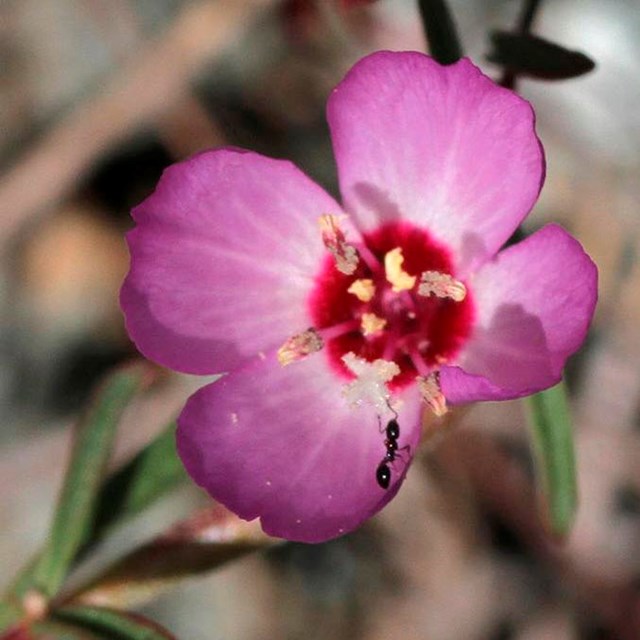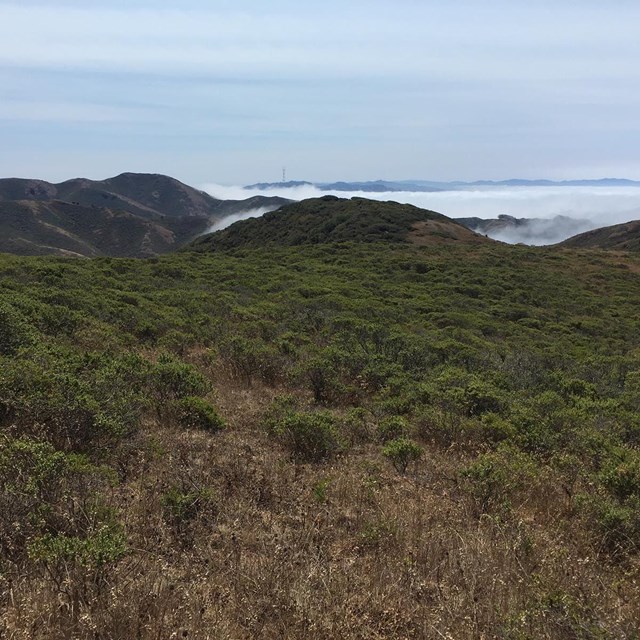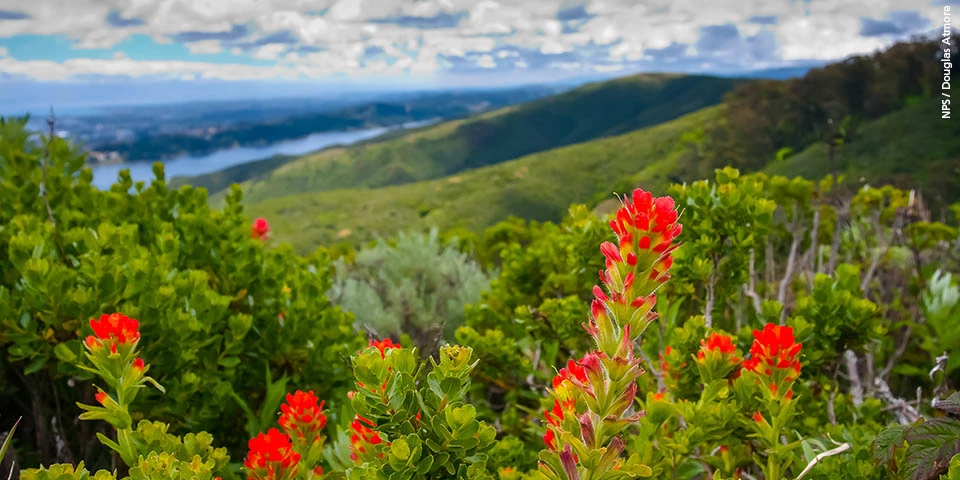
As development expands throughout California and other areas of the country, urban national parks and their natural resources become increasingly important. National parks in the San Francisco Bay region, including the Golden Gate National Recreation Area, house an amazing richness of biological diversity due to the variety of habitats and unique geology of the area. Over half of the bird species of North America and nearly one third of California's plant species are found within Golden Gate. Of those, 37 are listed as federally threatened or endangered. The Recreation Area preserves a 91-mile swath of shoreline along the outer coast of the San Francisco Bay Area. Various other agencies and private owners manage lands within the park's legislative boundaries. Because of the multiple landowners, many Bay Area residents and park visitors think of our park in terms of isolated sites such as Muir Woods, Stinson Beach, the Marin Headlands, and the Presidio. The bigger picture is one of interconnected pockets of nature, wildlife corridors, and refuges for rarities. Traveling through the park connects you with windswept beaches, dramatic cliffs, coastal chaparral, low mountains, swaths of prairie, live oak woodlands, salt marshes, freshwater wetlands and creeks, and redwood forests. All you have to do is get out and explore! Explore Nature at Golden Gate
|
Last updated: November 18, 2021

